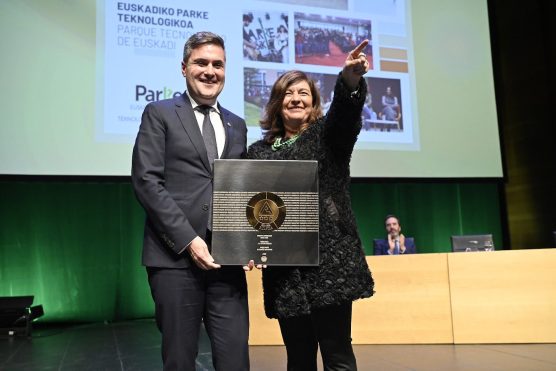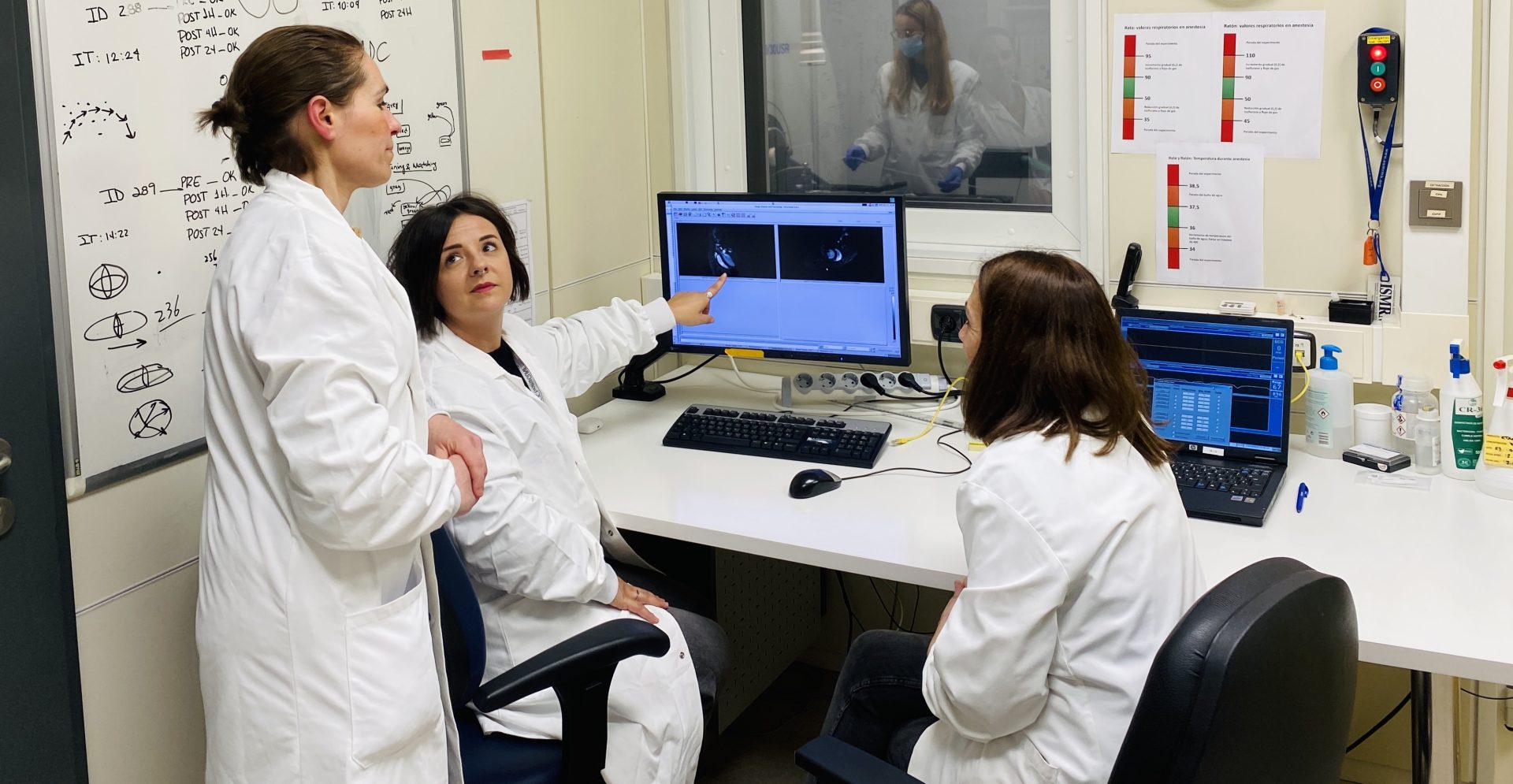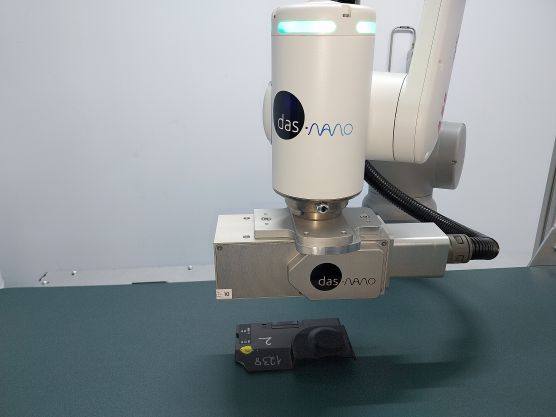The BCBL will study how people with visual impairments process speech, memory and attention

The research centre is looking for participants with complete blindness or high visual difficulties to carry out different tasks at its facilities in Donostia.
They will also analyse people with no vision problems to identify whether there are cognitive mechanisms that support better language skills in blind people.
The experts will use a pioneering combination of neuroimaging techniques and methods such as the first atlas of the human thalamus, developed by the BCBL.
The project is funded by the Provincial Council of Gipuzkoa, the Basque Government, the Ministry of Science and Innovation and the prestigious Marie Slodowska Curie grant, awarded by the European Commission.
 Blind people show, according to different studies, superior abilities in speech processing, memory or attention. For example, some have been found to be able to understand speech at very high speeds. While the majority of the population understands words at an average of 8 syllables per second, some people with severe visual impairments are able to understand words at 22 syllables per second.
Blind people show, according to different studies, superior abilities in speech processing, memory or attention. For example, some have been found to be able to understand speech at very high speeds. While the majority of the population understands words at an average of 8 syllables per second, some people with severe visual impairments are able to understand words at 22 syllables per second.
However, the cognitive mechanisms underlying these abilities are not yet clear. This is largely due to a lack of research and knowledge about some of the brain areas that may be key to these processes, such as the thalamus. This brain structure sends sensory information gathered in the body to the cerebral cortex and, in addition, also appears to have a regulatory role in sensory information.
In this context, the neuroscientific research centre Basque Center on Cognition, Brain and Language (BCBL) has begun a new study for which it is looking for participants with different visual abilities (sighted, visually impaired and blind) with the challenge of observing how they process memory, attention and speech in the brain.
The BCBL experts will use a pioneering combination of neuroimaging techniques and tools, including the first atlas of the thalamus in humans, developed by the Basque centre itself, magnetic resonance equipment and optical coherence tomography (OCT), which is used to obtain information about the retina.
“With the help of the probabilistic atlas of the thalamus, we will be able to determine with greater precision and reliability whether, in addition to the cerebral cortex, the usual focus of previous research in this field, subcortical areas such as the thalamus and its connections with the cortex also contribute to these skills in people with visual difficulties,” explains Ane Gurtubay, a BCBL researcher.
According to the expert, there is scientific evidence to suggest that auditory processing at the level of the thalamus is different in the visually impaired population, and this new project aims to find out whether these variations are related to an improvement in language processing, memory or attention.
Visual acuity less than 0.3
To carry out the study, the BCBL will have sighted, visually impaired and blind participants. In the latter groups, we are looking for volunteers with a visual acuity of less than 0.3 or a visual field of less than 20 degrees, and who have been so for at least the last 10 years.
Participants will be assessed at BCBL’s facilities, firstly by optical coherence tomography to obtain information about their retina and, subsequently, they will perform different tests in an MRI to measure, while executing the tasks, the functioning of the posterior visual system, that is, the part of the brain that processes vision.
“We will study people’s ability to process language, attention and memory. In the attention task, for example, they will listen to a series of tones and will have to identify those that are similar or different; and in the memory task they will have to remember the order of a word in a sequence that they have previously heard,” adds Gurtubay.
The results obtained in the speech processing, memory and attention tests performed in the MRI will then be compared with the atlas of the thalamus to study and identify the thalamic nuclei reliably in each individual and check whether their activity and structure are associated with language and memory skills.
“Understanding how information processing varies depending on visual abilities will help us to better understand the brain processes and mechanisms that can facilitate such processing, and this knowledge can be applied to improve the assessment of people with deficits in these areas (aphasia, dementia or attentional deficits) and existing therapies,” says Kepa Paz-Alonso, leader of the “Language and memory control in BCBL” research group.
In addition, understanding the limits of brain reorganisation in people with a different visual experience may facilitate finding more efficient methods of communication with the brain in cases where vision restoration is sought.
The new BCBL project is funded by the Marie Slodowska Curie postdoctoral fellowship awarded by the European Commission and is also supported by the Provincial Council of Gipuzkoa, the Basque Government and the Ministry of Science and Innovation.
Those interested in participating can write a WhatsApp message indicating their name and a contact telephone number to the following number: 664 43 05 75. They can also contact by email at the following address: vision@bcbl.eu.




